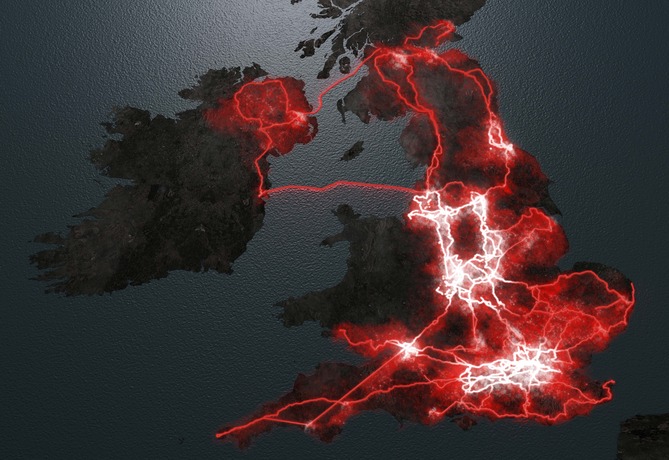Hyperoptic FTTP Network Brings 1Gbps Broadband To 100,000 Properties

Hyperoptic fibre network now reaches 100,000 homes and businesses across 1,000 sites
Hyperoptic’s Fibre to the Premise (FTTP) service is now available to 100,000 homes and businesses across 1,000 sites, delivering speeds of 1Gbps to a number of cities across the UK.
The company has hailed the achievement as an important milestone, claiming its network can deliver faster, more consistent speeds than Fibre to the Cabinet (FTTC) technology, which currently accounts for the majority of the UK’s superfast broadband infrastructure.
FTTC uses copper for the final few hundred metres of a connection, meaning speeds can drop dramatically the further away a property is from an exchange. FTTP, or Fibre to the Home (FTTH), suffers from no such problems as connections are entirely fibre.
Hyperoptic milestone
 “FTTH is the gold standard for broadband and we are committed to lead the charge to increase understanding and availability across the UK,” said Dana Tobak, managing director of Hyperoptic. “Consumers deserve access to true fibre connectivity, which is now commonplace in other nations.
“FTTH is the gold standard for broadband and we are committed to lead the charge to increase understanding and availability across the UK,” said Dana Tobak, managing director of Hyperoptic. “Consumers deserve access to true fibre connectivity, which is now commonplace in other nations.
“Speed matters. Hyperoptic enabled homes are growing every day – making them more marketable because it’s indisputable that they can support the broadband usage requirements of today and tomorrow.”
Hyperoptic services are available in parts of Greater London, Cardiff, Bristol, Reading, Manchester, Leeds and Liverpool, with installations underway in Sheffield, Birmingham, Glasgow, Newcastle and Nottingham. Rollout has focused on developments with 50 or more units and where ten percent of residents have registered interest.
The firm says just one percent of the UK can receive FTTP, a fraction of the estimated 80 percent that can receive superfast broadband. However rivals CityFibre, TalkTalk and Sky are working on rival FTTP infrastructure, while BT has plans to rollout speeds of 500Mbps using existing copper infrastructure thanks to G.Fast technology.